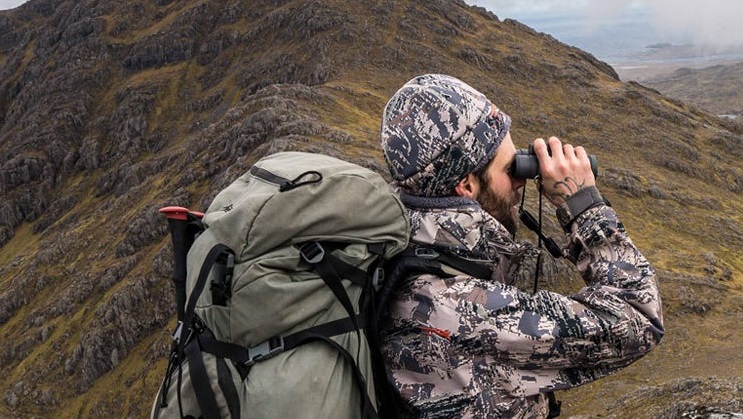With binoculars, sometimes it can be tough to tell the differences between all of the available models. So, why should you pay twice as much when there are more affordable optics on the market? Are the Razors really worth twice, or even three times as much as the Vipers?
In this article, we’ll be talking about the differences between the Vortex Viper and the Vortex Razor. Let’s get started with a quick comparison to see the technical specs.

| Vortex Viper | Vortex Razor | |
| Lenses | HD | HD + APO* |
| Coating | XR | XR Plus* |
| Durability | Good | Best |
| Linear Field Of View | 288 ft/1000 yds | 285 ft/1000 yds |
| Angular Field Of View | 5.5 Degrees | 5.4 Degrees |
| Close Focus | 8 ft | 10 ft |
| Interpupillary Distance | 59-75 mm | 57-74 mm |
| Included Accessories | Binocular Harness | Padded Carry Case |
| Check Price | Check Price |
Differences between the Viper and the Razor binoculars: Explained.
Okay, so we can see from the chart that there are some differences, but what does all of this mean to you? Since binoculars are a little more complicated than your average gear, we’ll go over each feature in the section below.
First up, and most important, are the lenses. Good quality lenses are what make binoculars so great, but if you’re not a binoculars expert, it can be hard to tell the difference.
The Razor’s APO System
The APO system uses something called Index-matched lenses. In optics, an index-matching material has an index of refraction that closely approximates that of another object, such as a lens. This corrects color across the entire visual spectrum.
The Vipers are missing this feature, which means that you may notice that your binoculars are not as bright and nice looking as they could be if you were using the Razors. Does this really matter? That depends.
For some people, nothing less than the best will do. This is particularly true for something like bird watching, where identification depends on accurate colors and high-quality images. For a hunter, the value is a matter of opinion.
Many hunters report that the quality of Razor’s optics is unmatched when compared to the Vipers, but others report seeing little difference. This is likely to do with external factors, such as lighting. In ideal conditions, the binoculars likely perform much the same, but the Razor will likely shine when there is a lot of glare to deal with, or poor lighting where it’s difficult to see.
PS. Did you know that Vortex now makes a Razor UHD? This one has even more features, including better edge to edge sharpness and larger prisms.
XR vs XR Plus Multi-Coating
Our second difference will be in the lens coatings. The Vipers come with the XR coating, but the Razors feature an improved XR Plus coating. So, what’s the difference?
Vortex doesn’t give too much information about this, but it’s likely the reason that the Vipers perform better in low light conditions. The plus coating greatly improves light transmission, making your optics brighter and nicer looking.
People reporting the Razors as being brighter than the Vipers likely tested their binoculars in lower light conditions, which is where the Razor’s benefits will be most apparent.
Plasma Tech – A superior coating application process?
The Razors also claim to have a more thorough coating application than the Vipers. This makes sense, given the price difference, but it’s hard to tell whether or not this actually provides much in the way of tangible benefits.
Extras and other features
The Razor does also come with a few other goodies which are not lens related. This includes a magnesium chassis, which is both strong, light-weight, and likely more durable than the Viper’s housing.
The Razor also offers a different hinge-system, which allows the binoculars to fit nicer in your hands as you use them, and it comes with a padded carrying case rather than a binocular strap like the Vipers do.
So, are the Razors really worth twice as much as the Vipers??
The truth is, the Vipers perform fairly closely to that of the Razors, and many people would be hard pressed to tell the difference. For a price tag that is twice as much as the Vipers, it just does not seem like the Razor is delivering.
However, the Razors will perform much better than the Vipers in conditions where lighting is not optimal. This could mean in low light conditions, where they will more easily be able to take in light, or in conditions where glare is an issue. You’ll also likely notice edge to edge quality differences, with the Razors being superior.
Durability is likely a little better with the Razor as well, but it’s not really worth paying twice as much money for it. Both binoculars are covered by Vortex’s fantastic VIP warranty, which covers pretty much anything from house fires to bear damage.
In short, we’re recommending the Vortex Viper. While the Razor binoculars do have nicer colors, and a slightly higher-quality build, the price for the Viper is just too good to pass up.

